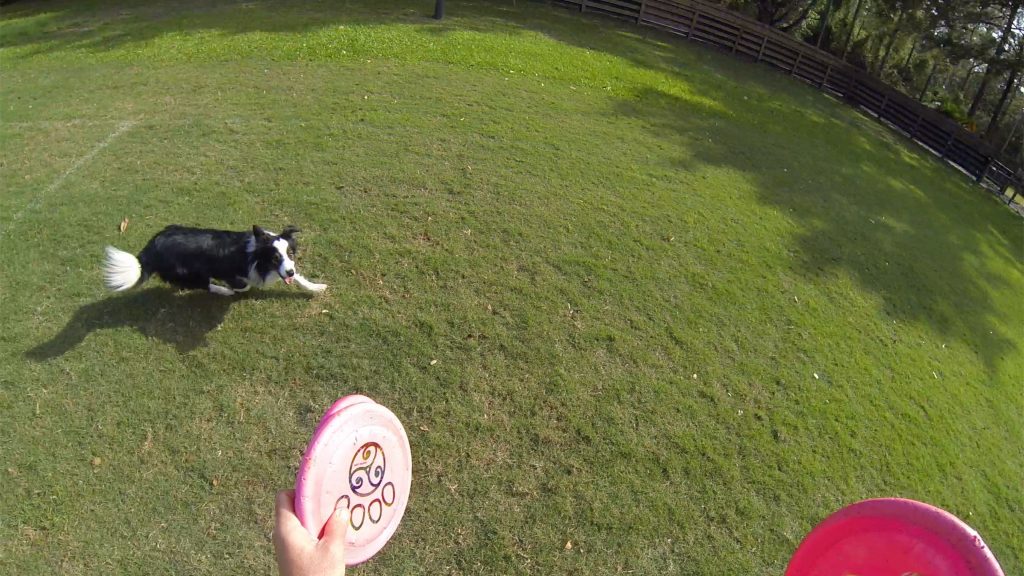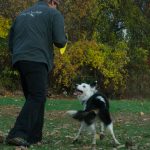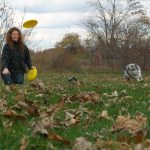


 Unlock with Patreon
Unlock with PatreonSneak Peek for Patron’s only… Public access Dec 27th | Functions of canine leaping and how leaping catches function by Ron Watson
Patron’s Choice Sneak Peek | Public Access Dec. 26
Key concepts of the canine leaping skill and behavior chain that shape and reinforce a leaping catch.
There is a lot more to a vault than the definition. There is a reason you can’t just watch a YouTube video and get an understanding of the vaulting process. Just because you can do something doesn’t mean you know how to do it, or how it is done; performance is not understanding. This is very evident when it comes to vaulting.
Reading the disc is a skill that astute dogs and humans pick up rather quickly. The float, the spin Spins and Twists are tricks where the dog spins 360 degrees in a clockwise or counter clockwise fashion. Spin is clockwise and Twist is counter clockwise so it is important to have a... More, and the speed can reliably be gauged and predicted after several reps. Of course this changes with wind, disc choice, and throwing ability but, generally speaking, the flight path of a disc is easily predicted.
Spins and Twists are tricks where the dog spins 360 degrees in a clockwise or counter clockwise fashion. Spin is clockwise and Twist is counter clockwise so it is important to have a... More, and the speed can reliably be gauged and predicted after several reps. Of course this changes with wind, disc choice, and throwing ability but, generally speaking, the flight path of a disc is easily predicted.
ShapingShaping is a learning technique where successive approximation and a Positive Marker are used to teach behaviors and communicate concepts. Successive approximation essentially means continually closer to the target behavior. So Shaping is... More a Leaping Catch can, and should be a full time job. Always throw with the intent to deliver the leaping catch unless working something specific that requires a specific approach, speed or distance that is incompatible with a leaping catch. Out throws are glory, not afterthoughts.
Within a game of disc dog freestyle there are many opportunities to reinforce and shape the leaping catch and to turn the speed regulation required for the leaping catch into a habit that is ever present in your freestyle game.
Throwing with Intent Throwing with intent means delivering discs with the intent to make the dog leap or look good. This skill is extremely important for teaching a dog to leap reliably and for enhancing a... More is throwing a disc to your dog with the intent to make them look good. Throwing the disc to promote a big leap, to hit the dog in stride on the run or throwing a disc that your dog is going to flip for 10 yards away, is the sign of a mature handler.
Throwing with intent means delivering discs with the intent to make the dog leap or look good. This skill is extremely important for teaching a dog to leap reliably and for enhancing a... More is throwing a disc to your dog with the intent to make them look good. Throwing the disc to promote a big leap, to hit the dog in stride on the run or throwing a disc that your dog is going to flip for 10 yards away, is the sign of a mature handler.
There was a problem reporting this post.
Please confirm you want to block this member.
You will no longer be able to:
Please note: This action will also remove this member from your connections and send a report to the site admin. Please allow a few minutes for this process to complete.



Responses